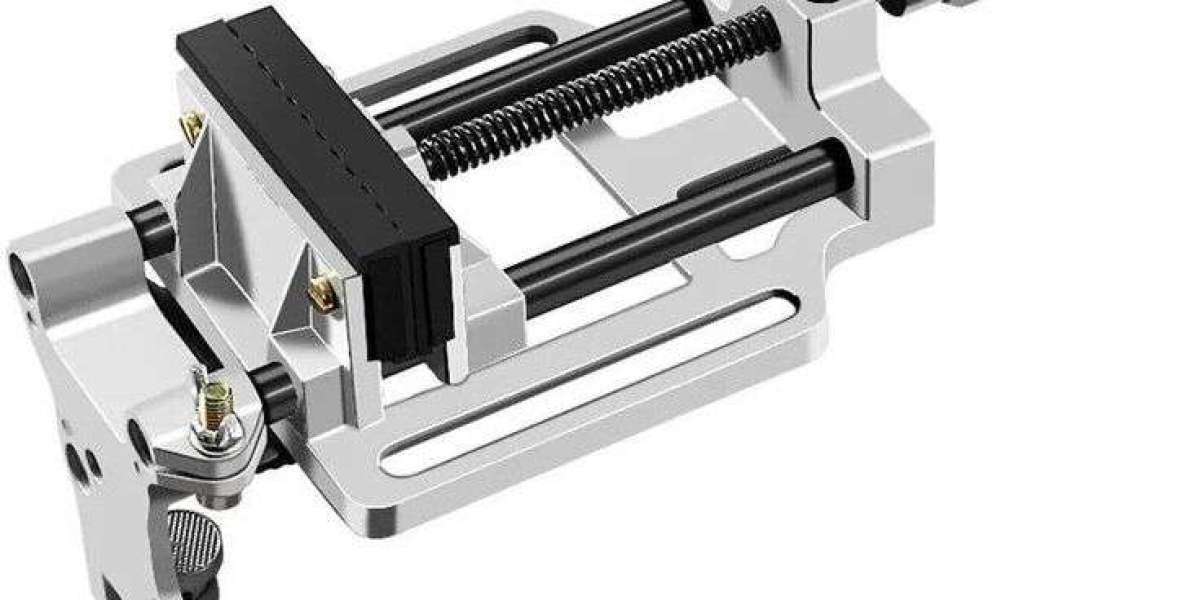Standard 52100 steel would embrittle at −4 °C seafloor temperatures; instead, super-duplex stainless steel (UNS S32760) with 25 % Cr and 3.5 % Mo is used. Charpy values remain above 120 J at −50 °C, ensuring the carriage absorbs 50 kN surge loads without fracture. A 50 µm electroless nickel-tungsten coating adds sacrificial corrosion resistance, validated by 5 000 h salt-fog testing.
Grease would wash away; therefore WS₂ is sputtered onto raceways at 200 °C, forming a 300 nm crystalline film oriented along the (002) basal plane. Auger spectroscopy shows <5 % wear after 1 million cycles at 10⁻⁷ mbar equivalent pressure. A secondary reservoir of MoS₂ micro-pellets in the cage releases fresh lamellae when shear exceeds 300 MPa, guaranteeing 25-year service life.
An outer FFKM O-ring rated to 350 bar blocks seawater ingress. Inside sits a 0.3 mm silicone grease layer that doubles as a leak detector: pressure drop triggers an acoustic transponder alerting topside crews within 30 seconds. The seal cartridge is moulded for ROV replacement in 15 minutes, eliminating divers.
The 600 mm stroke bearing is integrated into a 150 mm × 150 mm titanium box beam with 8 mm wall thickness. Finite-element analysis shows the first Euler buckling mode at 9 800 N—four times the peak operational load. Titanium also eliminates galvanic coupling with the super-duplex rail body.
MEMS accelerometers log vibration signatures every cycle; data is uplinked via acoustic modem to a topside digital twin that predicts spallation 200 hours in advance. Since deployment, unplanned interventions have dropped 85 %, saving an estimated $20 million per year across 40 wells.
Rails are delivered in 3 m segments with titanium latch plates that snap together via bayonet locks actuated by an ROV manipulator. A laser alignment jig projects a green line onto the valve flange, achieving ±0.2 mm linearity in under 20 minutes. M24 titanium bolts are torqued to 800 Nm using an integral hydraulic wrench.








